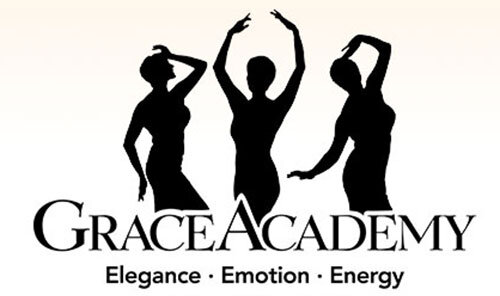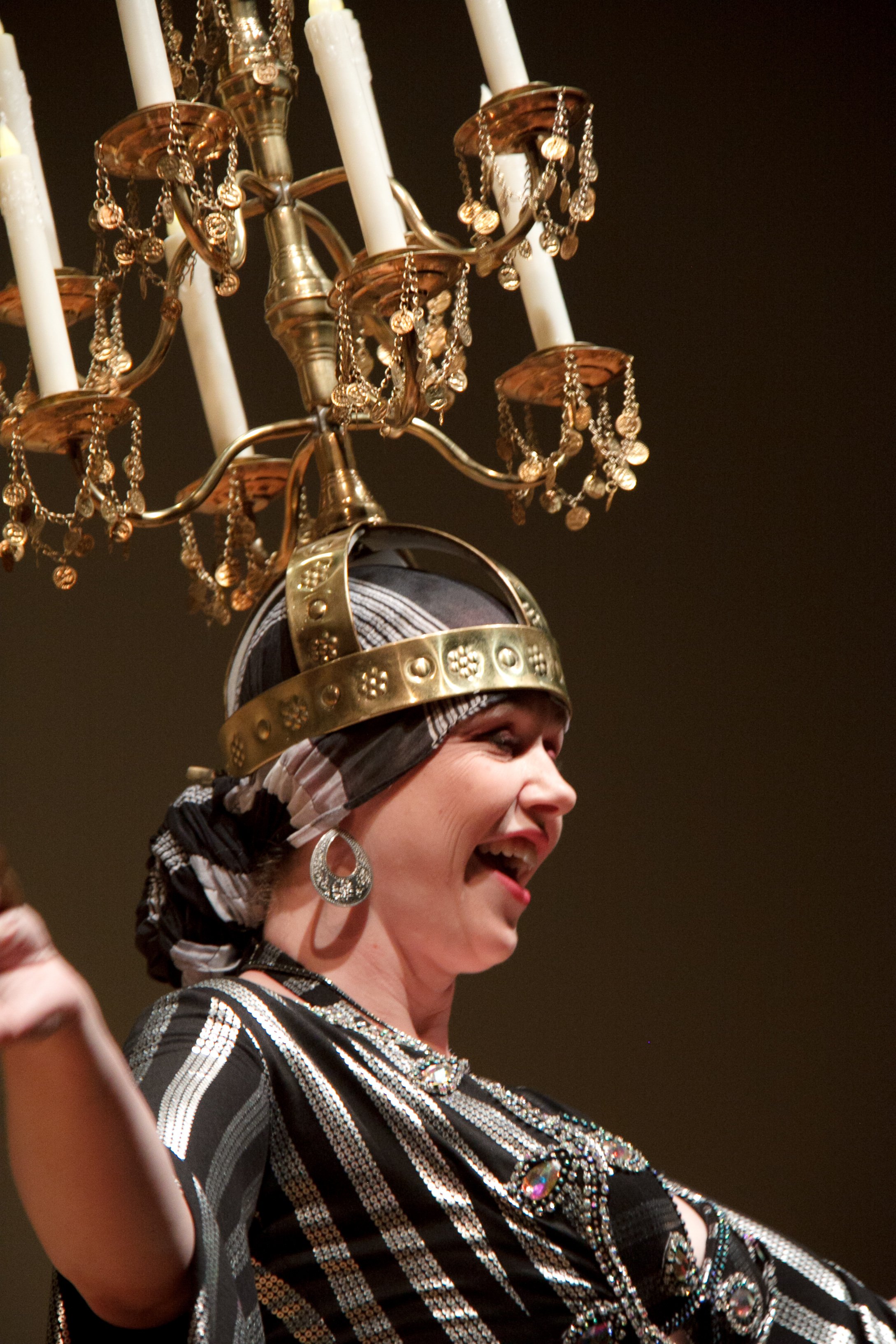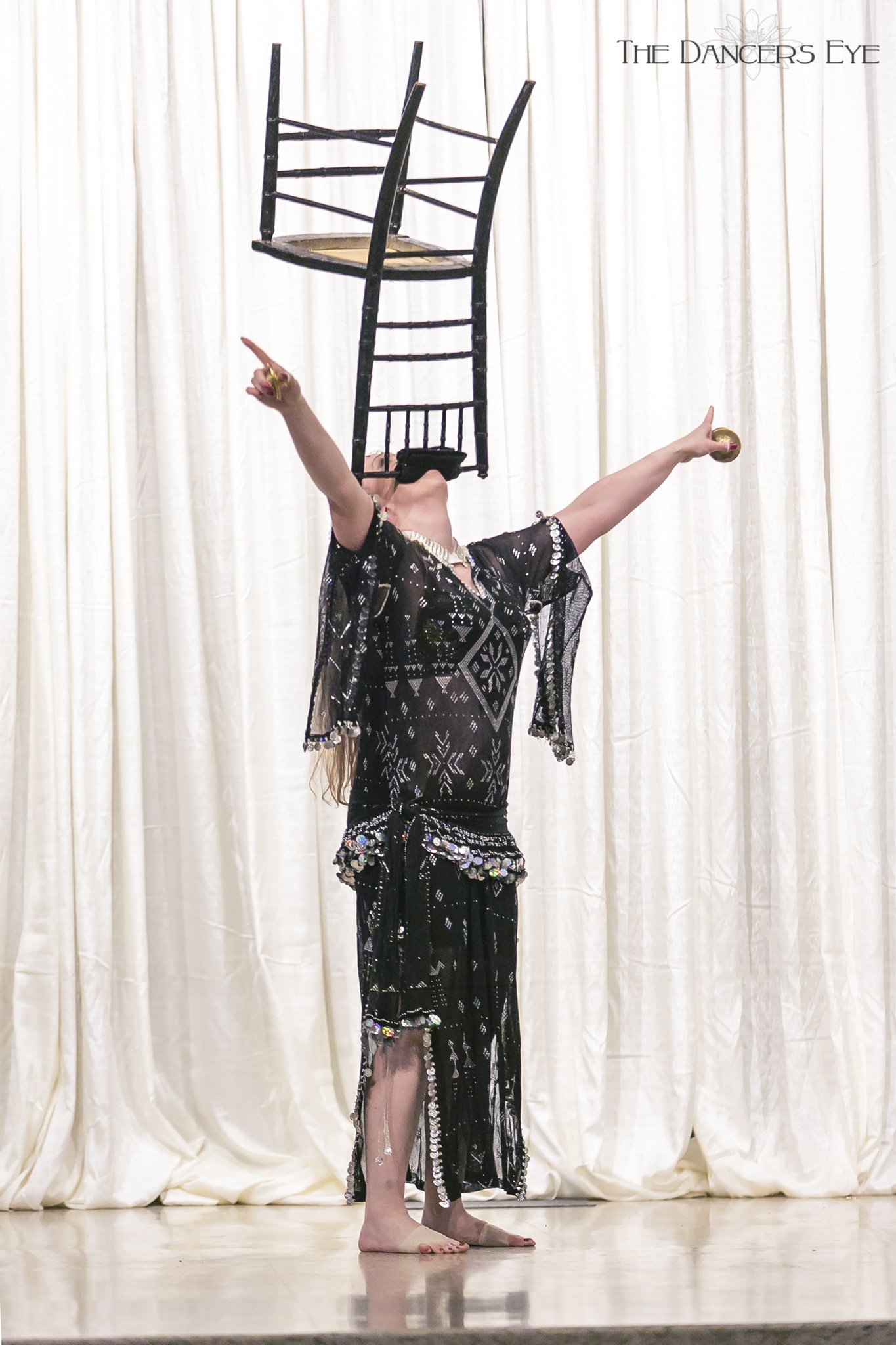Dancer Origin Stories – Nisaa
In this edition of Dancer Origin Stories, I’m thrilled to feature Nisaa. Nisaa (Heather D. Ward) is a Middle Eastern dance instructor, performer, and researcher based in St. Louis, Missouri, USA. Her mission is to foster a greater understanding and appreciation of the complexity, diversity, and beauty of Middle Eastern dance forms.
As an instructor and performer, Nisaa specializes in Egyptian raqs sharqi (belly dance). Her repertoire also includes Egyptian folkloric dance, including baladi, ghawazi, and sa’idi dance styles, as well as folkloric styles from the Levant and the Persian Gulf.
As a researcher, Nisaa focuses on the history of Egyptian dance and its professional practitioners. Her investigations into the transition from awalim and ghawazi dance styles to classical raqs sharqi at the turn of the 19th/20th centuries led to the publication of her first book, Egyptian Belly Dance in Transition: The Raqs Sharqi Revolution, 1890-1930, in 2018. Nisaa’s research has also been published in a variety of Middle Eastern dance related books and magazines, including The Gilded Serpent and The Belly Dance Chronicles.
Let’s dig into Nisaa’s Origin Story…
Q. What is your first memory of dance?
A. As a child, I never went to any sort of dance classes, and dance wasn't really a part of my family life. But I always loved moving to music. Also I was an only child, and a bit of an introvert, so I spent a lot of time inside my own head! I have an early vivid memory of dancing around the living room to Beethoven's 6th symphony (The Pastoral).
Q. Was social dance or music a part of your life growing up? If so, how?
A. Music was always a part of my life. My parents weren't involved with the "arts" in any way, but they are interesting and open-minded people, and they exposed me to ALL kinds of music when I was growing up. One of my favorite cassettes was the soundtrack to Carl Sagan's TV series "Cosmos," if you want to know how much of a nerd I REALLY am.
As I mentioned, dance wasn't really a part of my family life, but I loved bopping around, and when I was a teenager one of my staple weekend activities was going to a local teenage dance club called the "Red Caboose."
Q. How did you first encounter belly dance?
A. You know, I honestly don't know. At the time that I decided to take classes, I was deeply into "world music" and wanted to learn how to move to some of the music that I enjoyed. I was REALLY into a band called the Gipsy Kings (sorry, I know that word is problematic - I don't know a way around it, since that's the name the group uses for themselves). I went to one of their concerts, and this girl jumped up onstage and was moving her torso, and I thought, "Is that belly dance? I wish I could do that.
Q. What phase of life were you in when you took your very first dance class?
I was a graduate student in anthropology at the University of Illinois at Urbana-Champaign. This was a really stressful and dark time in my life. Dance became an escape.
My first teacher was a lovely woman named Nadia Alooma. I started with private lessons, because I was too embarrassed to join a group class. My first lesson was at Nadia's farmhouse in the middle of the Illinois corn and soy fields. I fell in love with it immediately.
Q. What led to you becoming serious about your dance studies?
A. It's hard to say. I felt like I was serious about it immediately. Honestly, I can't adequately articulate the certainty I felt in that first private lesson. I thought, "I am going to do this for the rest of my life.
In the early years of my studies, my academic brain did not overlap with my dance brain. What I mean is, I didn't bring ANY of my academic training to bear on my dance studies. This was because of the place I was at in my life, and the fact that I was using dance as an escape.
But as my life settled down, my two brains started to interact, and I began to experience a lot of cognitive dissonance regarding the things that I had been taught about belly dance's history, culture, etc.
So I started taking more of an academic approach to my dance studies, and I realized I had a LOT of gaps in my knowledge to fill, and a LOT of misinformation and misconceptions to rectify.
Q. Tell me about one of your most influential teachers.
A: Sahra Kent and her “Journey through Egypt” course really changed everything for me.
I attended level one of JtE as I was in the early stages of bringing my academic training to bear on my dance studies, and it was life altering. It gave me a renewed sense of purpose and set me on the path to be the dance researcher that I am today.
Q. Share the memory of learning a movement that came easily to you…
A. The first time I picked up a cane was in a workshop with Yousry Sharif. For some reason everything in that workshop just clicked. This was right around the time that I was experiencing the most cognitive dissonance about my dance training.
This workshop was just a perfect storm: an Egyptian teacher, teaching to Egyptian music, teaching a quintessentially Egyptian folk dance. I took to it "like a duck to water." And I realized all the things that had been missing in my dance training up to that point. I resolved to dive deep into Egyptian culture.
Q. … and a movement that you had to work hard to master.
A. Oh my lord, the 3/4 shimmy, aka walking shimmy, aka whatever else anyone wants to call it. I struggled with this movement for a solid 9 months. Now it's probably my favorite movement and a "fallback" movement that I rely on a lot.
I tell this to ALL my beginner students as a reminder that ALL of us struggle with things sometimes.
Q. Tell me about one “ah hah” moment that you recall, whether technical, emotional, or conceptual.
A: Honestly, that experience at the Yousry Sharif workshop that I mentioned earlier was a big turning point for me. That, and attending JtE, set me on the path that I'm on now.
Of course, I would be remiss if I didn't mention setting foot in Egypt for the first time. I am not exaggerating when I say that I felt my life was finally complete.
Q. What dance skills translate to your everyday life?
A. If I'm not dancing or teaching dance, I'm working on dance research. Really, I eat, drink, breathe and sleep Egyptian dance every day. I am obsessed!
Q. What everyday skills translate to your dance life?
A. Maybe not "everyday" skills, but my academic training informs all of my dance work now. It helps me to be a critical consumer of information, and it reminds me that I am a forever student.
Q. What do you currently have in progress?
A. My book!
Egyptian Belly Dance in Transition: The Raqs Sharqi Revolution, 1890-1930
Raqs sharqi, the Egyptian dance form also known as belly dance, has for generations captured imaginations around the globe. Yet its origins have been obscured by misinformation and conjecture, rooted in Orientalist attitudes about the Middle East--a widely accepted narrative suggests the dance was created in response to Western influences and desires. Drawing on an array of primary sources, the author traces the early development of raqs sharqi in the context of contemporary trends in Egyptian arts and entertainment. The dance is revealed to be a hybrid cultural expression, emerging with the formation of Egyptian national identity at the end of the 19th century, when Egypt was occupied by the British.
Follow Nisaa on Instagram for her super entertaining reels and myth-dispelling content at @nisaastlouis!









